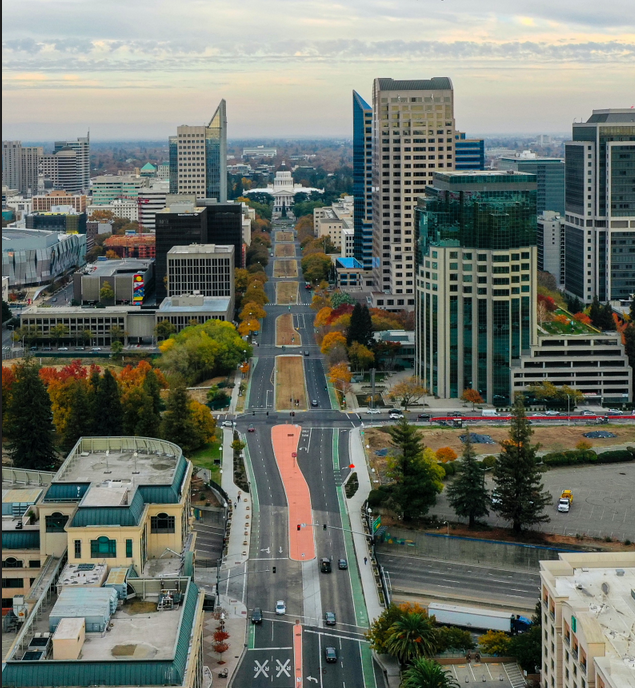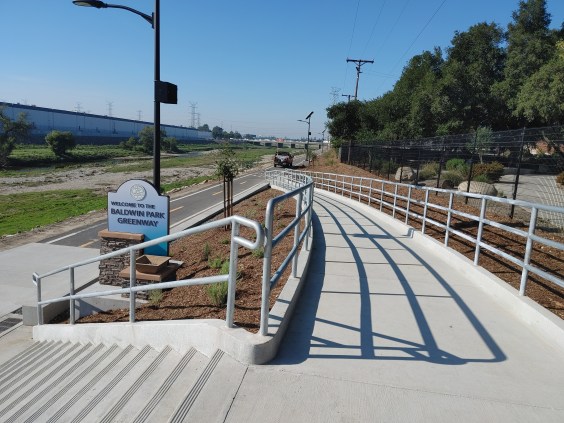California’s ability to grow and modernize its rail network is hampered by inconsistent funding from the state which makes planning rail projects or multi-project programs difficult at best, according to a new report by Californians for Electric Rail. Against Patchwork Funding: How Multi-year Investment Frameworks Can Deliver Rail Faster and Cheaper (full report, executive summary) details the benefits the state would achieve by creating stable and predictable funding for transit over time instead of yearly allocations.
“...California does not guarantee capital funding for intercity and regional rail projects – even if they are identified in the State Rail Plan. Intercity and regional rail projects must compete against a variety of other projects such as rolling stock, renewals, EV charging at stations, mobility hubs and the like through competitive, discretionary grant programs like Transit and Intercity Rail Program (TIRCP),” reads the executive summary of the report.
California has ambitious plans, such as the California State Rail Plan announced earlier this year or the 2017 SCORE Program released by Metrolink in Los Angeles County. Against Patchwork Framework argues that these plans can’t meet their goals without predictable long-term funding.
“With the Olympics coming to LA in 2028, Metrolink had a plan. But three years out the projects haven’t been delivered and funding is a reason,” said Adriana Rizzo with Californians for Electric Rail.
SCORE was a series of smaller projects that would have increased the capacity and speed of Metrolink services, not a mega-rail project such as a new rail line. It included double tracking, siding and signaling work, and station improvements. In eight years, Metrolink has completed one item on the list: the Burbank Junction Project, a lengthening of a siding to allow trains to pass each other at higher speeds.

None of the other projects are under construction. Most of them aren't funded.
But the report is not a “gloom and doom” document. It presents a way forward based on best practices in other countries in all parts of the world. The report lists four things the state can do to insure faster and more economical project delivery.
First, fund designs of rail projects for state engineering departments or publicly-owned engineering firms.
Second, awards for construction funding should not be committed till designs are near or fully complete. Because there is not a stream of dedicated rail funding, agencies are often applying for funds before final design is complete. This can lead to design changes that cause the project cost to grow. That undermines confidence in the project and leads to incomplete funding.
Third, construction funding should be planned, tracked, evaluated and granted through 4-6 year investment frameworks instead of year-to-year budget cycles.
Fourth and finally, the state should sign multi-year investment frameworks with projects that outline when they will receive state funds for larger projects based on when work is completed on early phases.
“(Against Patchwork Framework) is not a specific proposal on where this funding should come from,” Rizzo explains. “It’s more about how we fund transit and how we allocate the money that we do have. In a post-pandemic reality, and with a federal government that is not helpful, there’s still a lot we can do.”






